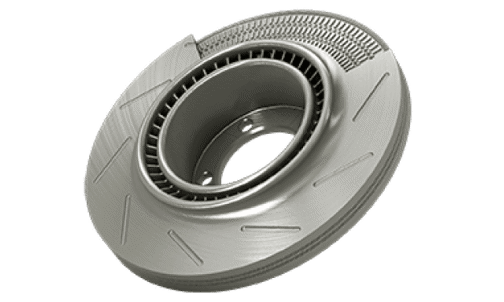Image source: Google
3D metal printing services have revolutionized the manufacturing industry by offering a precise and efficient way to create complex metal parts. This innovative technology, also known as additive manufacturing, builds objects layer by layer from digital 3D models. In this article, we will delve deeper into 3D metal printing services, exploring their benefits, applications, and the process involved.
The Process of 3D Metal Printing
3D metal printing, also called metal additive manufacturing, involves the following steps:
1. Designing a 3D Model
- The process begins with creating a 3D model of the desired object using computer-aided design (CAD) software.
- The design is then sliced into thin layers, which will serve as a blueprint for the printing process.
2. Selecting the Metal Material
- A variety of metal materials can be used in 3D metal printing, including stainless steel, titanium, aluminum, and more.
- The choice of material will depend on the requirements of the final part, such as strength, durability, or conductivity.
3. Printing the Object
- The 3D metal printer uses a high-powered laser to selectively melt and fuse the metal powder layer by layer, following the design specifications.
- Complex geometries and intricate designs can be achieved with precision through this additive manufacturing process.
The Benefits of 3D Metal Printing Services
There are several advantages to using 3D metal printing services for manufacturing metal parts:
1. Precision and Accuracy
- 3D metal printing allows for the creation of highly intricate and precise metal parts that may be challenging to produce through traditional manufacturing methods.
- Tight tolerances and complex geometries can be achieved with ease, ensuring a high level of accuracy in the final product.
2. Time and Cost Efficiency
- By eliminating the need for tooling and reducing material waste, 3D metal printing services can significantly reduce production time and costs.
- Rapid prototyping and on-demand manufacturing are made possible with additive manufacturing, saving time in the product development cycle.
3. Design Flexibility
- 3D metal printing allows for the creation of complex and customized designs that may not be feasible with traditional manufacturing techniques.
- Design iterations can be easily implemented without incurring additional costs, enabling faster innovation and product development.
Applications of 3D Metal Printing
3D metal printing services have found widespread applications across various industries, including:
1. Aerospace
- Manufacturing lightweight and high-strength aerospace components, such as turbine blades and structural parts.
- Reducing the weight of aircraft components can lead to fuel savings and improved performance.
2. Medical
- Creating patient-specific medical implants and prosthetics that offer a perfect fit and improved functionality.
- Customized medical devices can enhance patient outcomes and accelerate recovery times.
3. Automotive
- Producing complex and lightweight automotive parts, such as engine components and brackets, with enhanced durability and performance.
- 3D metal printing enables the rapid prototyping of new vehicle designs and the customization of parts for specific applications.
Conclusion
3D metal printing services have transformed the manufacturing landscape by offering a precise and efficient way to create metal parts with complex geometries and customized designs. The benefits of additive manufacturing, including precision, efficiency, and design flexibility, make it a valuable technology for various industries. As the technology continues to advance, we can expect to see even more innovative applications of 3D metal printing in the future.
